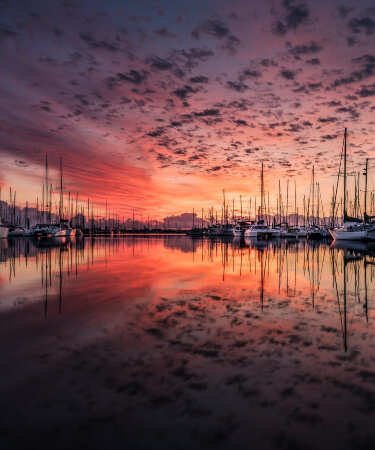Table of Contents
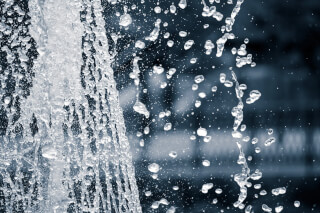
“Water water everywhere. Nor any drop to drink.” ~ The Rime of the Ancient Mariner, Samuel Taylor Coleridge
Water water everywhere… spoken by a sailor on a becalmed ship, who is surrounded by salt water that he cannot drink.
Water Conservation
I grew up in southern California and if there is any habit that is drilled into you as a child it would be an acute awareness about conserving water. Angelinos live in a desert and yet we surround ourselves with lush gardens. Water is brought in from the mountains and somehow made incredibly affordable for us to live in this oasis. Because we are so highly dependent on water from other sources, we are careful with how much water is consumed.
This was especially the case in my family. My father was frugal and efficient. All showers can be accomplished in 5 minutes. All meals can be eaten in ten minutes or less. If you have had the opportunity to read “Cheaper by the Dozen” by Frank Gilbreth Jr., you will see a startling resemblance to my father’s ethos.
So because of this upbringing, I am borderline hostile when I see waste and inefficiency around me. Kids these days who stand under a running shower daydreaming… the horror! Andrew knows well the stink-eye I give him when he leaves the faucet running while he’s brushing his teeth. I can understand that when you have lived in the Pacific Northwest where it rains 90% of the time, there is less diligence to water conservation. But he’s now in California. We don’t have that luxury and the stink-eye reminds him of that.
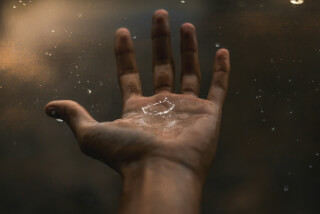
Closer to Nature
Moving aboard a sailboat will take efficiency and conservation to a whole new level. One of the features of s/v Rachel J. Slocum is a 60 gallon fresh water holding tank and a 30 gal/hour Sea Recovery hydraulic water maker.
Now while I’ve taken a variety of efficient methods to stay clean (e.g., fast showers at home, cold showers in the Virgin Islands, sponge baths in South America, and baby wiping while camping in the wilderness), I really wanted to get a handle on what a realistic boat shower could be like.
I decided to take a scientific approach which will require a little physics and geometry.
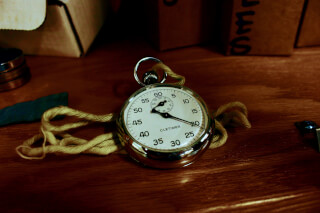
Preparation
The essential tools for this experiment will require the following:
- Plastic bag
- Duct tape
- Stop watch
- Shower
- Soap, shampoo, razor, and other cleaning accoutrements
Steps:
- Place plastic bag on top of drain and duct tape every side, ensuring a complete seal.
- If we had a bath mat, it would be ideal to place over the this seal to prevent slipping, but we’ll just have to make do.
- If you had a drain stopper, even better and you can skip the first two steps. But we don’t, hence we had to MacGuyver the situation.
- Measure the length and width of the shower stall.
- The measurement of depth will occur after the shower.
- If you have a rounded shower, you will be doing a lot more geometry in your calculations.
- We have both a rectangular and an oval shower to choose from, and we are opting for the one that requires less math.
- Undress and step into the shower.
- Before beginning to run the water, be sure to have someone to operate a stop watch. In this case,
- Andrew has volunteered for this task.
- Turn on the water and start the timer.
- Then proceed with all your usual steps in your shower routine.
- Try not to let one of the principles of quantum theory get in the way (i.e., the act of being observed affect your behavior - speeding up or slowing down - to impact the results). This is serious science, people!
- When your final rinse is complete, turn off the water and stop the timer.
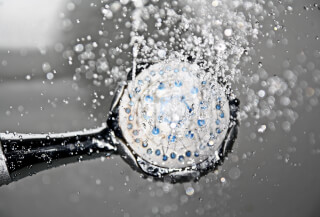
Analysis
Assuming the seal is intact, you may begin analysis after dressing. If the seal is not and water begins to drain, you will have to work quickly (and nakedly) for the sake of science.
Measure the depth of the water. Take a few readings if the shower is tapered toward the drain (e.g., at each of the corners of the rectangle and at the drain). If you want to simplify the calculation, use an average or median. If you want to make it complicated, via con Dios.
Unfortunately, the rectangular shower was sloped unevenly toward the center, so the measurement of each of the points of the rectangle and the center yielded different measurements. A simple average simply would not do. We took the complicated approach out of necessity.
Along with the length and width measurement, you can now calculate the volume of water. We had to calculate both the volume of a rectangle and an irregular triangular prism. Convert the volume to gallons (from cubic inches to gallons the multiplier is 0.004329 in/gal) and you have the total water consumed during the shower.
For the 4 minutes and 37 (and a half) seconds I was in the shower, I used up about 10.75 gallons.
We then calculated the flow rate of gallons per minute emitted from the shower head by dividing 10.75 gallons by 4 min 37 sec. The result is about 2.3 gal/sec. Knowing this will give us some indication of how long we can stay under a running shower while daydreaming (no more than 24 minutes, apparently).
It’s the price of luxury.
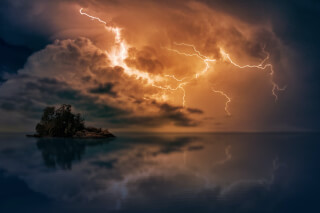
Findings
In the case of the shower in the master bathroom, the flow rate is 2.324 gal/minute. After doing all this math, we also discovered that all shower fixtures in the U.S. are legally mandated to yield a maximum output of 2.5 gal/minute at 60 psi. So we’re in the ballpark, which was nice to validate.
Of course, we don’t have the comparable flow rate for being aboard s/v Rachel J. Slocum. However, we have one more data point in our arsenal to better understand what it would be like living aboard.
Rather than sacrificing on a little bit of luxury or comfort, we are now closer to knowing what are the trade-offs when you spend an extra minute in the shower (but certainly no more than 24 minutes) or the dishes will not get done.

Water water everywhere
On the other hand, s/v Rachel J. Slocum also has rain water collection system via valves that can divert all the water that falls on the deck, cabin & sails to the water tank. In a sudden downpour, we could top off her tanks in 10 minutes.
As we discover each detail about this boat, we get more and more excited about starting this adventure. For now, we are happy dreaming about it and doing our little experiments to approximate what life is like before we cast off the bowlines.
What else is there to do while you’re observing stay-at-home orders until May 15th during this pandemic?
Thanks for reading!
Share Water water everywhere with your friends:
Stay up to date with our content releases, by subscribing to our RSS Feed or follow us on Facebook and Instagram.
 If you would like to delve deeper into our adventure as it unfolds, please consider joining the Serenade Wind Crew. Our sister site provides more information on what it means to be part of the crew, unlock the pirate’s booty, and receive other exclusive access and benefits.The first 50 members have a gift waiting.
If you would like to delve deeper into our adventure as it unfolds, please consider joining the Serenade Wind Crew. Our sister site provides more information on what it means to be part of the crew, unlock the pirate’s booty, and receive other exclusive access and benefits.The first 50 members have a gift waiting. 